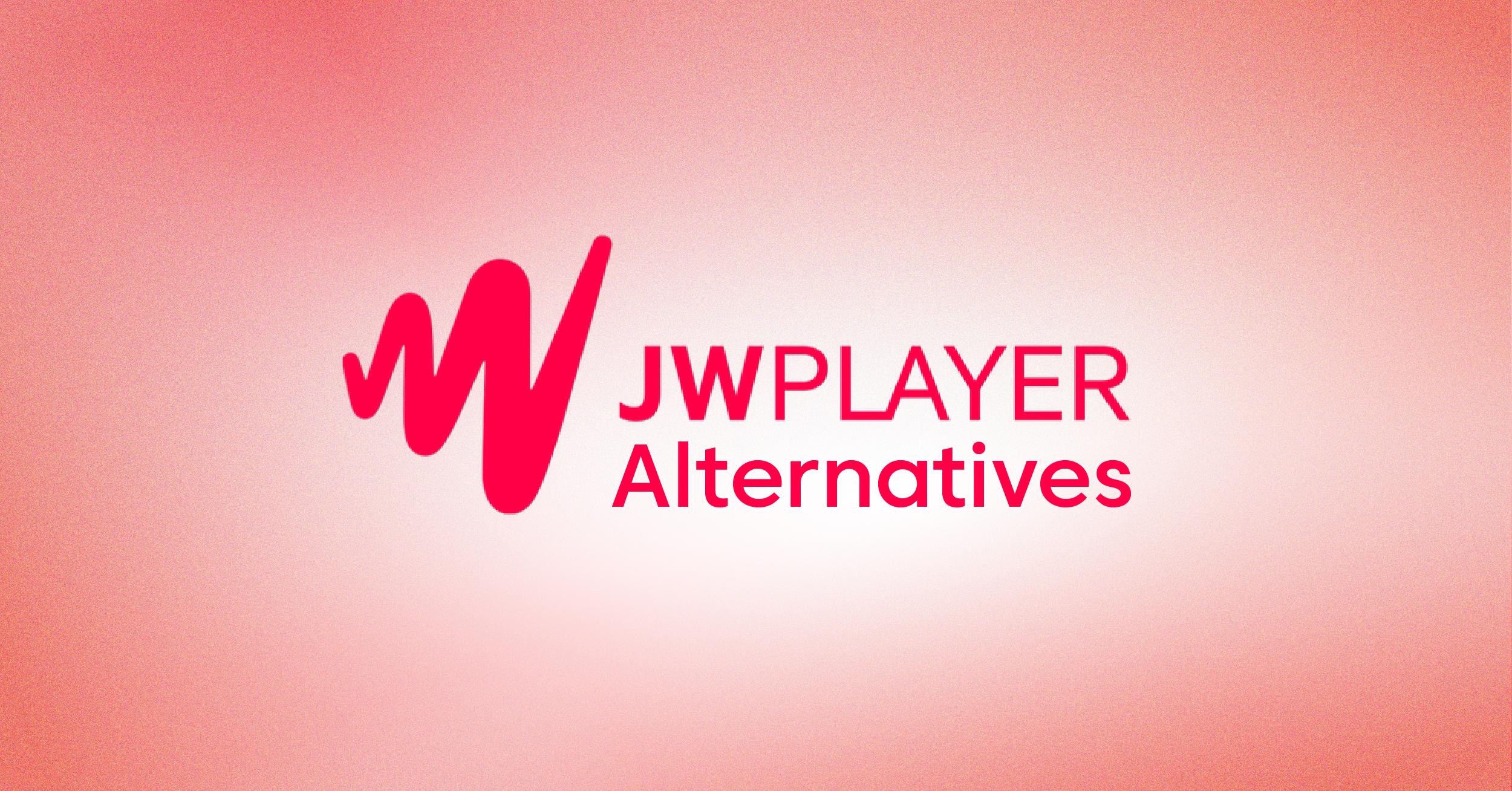An audio codec compresses and decompresses digital audio, reducing file size while maintaining quality. Digital audio technology has evolved significantly from basic uncompressed formats to sophisticated compression methods. AAC stands at the forefront of this evolution, offering efficient streaming and storage solutions.
This codec has become the standard for many streaming platforms due to its exceptional compression efficiency. AAC is implemented across smartphones, gaming consoles, and popular streaming services. It delivers superior sound quality even at lower bitrates, making it ideal for bandwidth-conscious applications.
This blog post will explore everything you need about AAC, from its technical aspects to practical applications.
Understanding Audio Codec
An audio codec is a software tool that converts digital audio data into compressed formats for storage and playback.
Lossy and lossless codecs serve different purposes in audio compression. If you choose a lossy codec, it will remove some audio data to reduce file size. However, lossless codecs preserve the complete audio quality.
We need compression because raw audio files consume excessive storage space. This compression makes audio distribution more practical across different platforms.
Besides AAC, several popular codecs are available on the market. MP3 remains widely used, while WMA and Opus offer alternative solutions for specific needs.
The codec you select will determine your audio quality and file size. You might sacrifice some audio quality through higher compression if you want smaller files.
What is AAC Codec?
AAC (Advanced Audio Coding) is a digital audio coding standard developed in 1997 for audio compression. This format emerged from a collaboration between Fraunhofer IIS, AT&T Bell Laboratories, Dolby Laboratories, and Sony Corporation.
It is the successor to MP3, offering superior audio quality at the same bit rate. You can achieve better sound quality with AAC even at lower bit rates than MP3.
The codec supports multiple audio channels and a wider range of audio frequencies. AAC format compatibility is found across most modern devices, including mobile phones and portable media players.
This commonly supported audio codec has become the standard for many streaming platforms and digital stores. It provides efficient coding without compromising quality, making it ideal for streaming audio applications.
The format’s widespread adoption means you can play AAC files on almost any modern audio player. Significant browsers, the iTunes store, and many streaming services use AAC as their preferred audio format.
How AAC Codec Works
AAC uses advanced compression techniques to encode and process digital audio signals efficiently. It employs frequency and temporal predictions to analyze and compress audio data effectively.
This codec reduces file size by discarding irrelevant signal components and eliminating redundant audio information. These methods can achieve significant storage savings without noticeable quality loss.
The codec utilizes a sophisticated psychoacoustic model to maintain high-quality audio at very low bit rates. Even with increased compression efficiency, we can observe better sound quality compared to MP3.
AAC’s advanced coding technologies make it superior to MP3 in several ways. It processes stereo signals more effectively and handles high-frequency content with greater precision.
The psychoacoustic model plays a crucial role in the compression process. It identifies audio components that are less noticeable to human ears, allowing for enhanced low delay and optimal compression.
This two-way communication between the encoder and the psychoacoustic model ensures efficient data reduction. If you need additional modules, AAC offers various profiles like AAC-LD and AAC-ELD for specific applications.
Extensions of AAC Codec
AAC comes in several versions, each designed for specific use cases. Here are the main extensions:
AAC-LC (Low Complexity)
- This is the most common version used in streaming platforms and digital stores.
- It offers an ideal balance between sound quality and processing power.
- You will find AAC-LC on many mobile phones and portable devices.
HE-AAC (High-Efficiency)
- It uses Spectral Band Replication for better performance at very low bit rates
- This version is perfect for streaming services with limited bandwidth
- We can achieve excellent audio quality even at 48kbps stereo
xHE-AAC (Extended High-Efficiency)
- This newest version combines advanced coding technologies with parametric stereo
- It provides enhanced low delay and superior performance for speech and music
- You can use it for two-way communication applications
AAC-LD and AAC-ELD
- These versions focus on low-delay applications
- They are ideal for video conferencing and live broadcasting
- We can achieve minimal latency without compromising audio quality
These extensions ensure AAC remains versatile across different platforms and use cases.
AAC vs MP3: Which Is the Best?
At the same bitrate, AAC delivers better sound quality than MP3. This advantage becomes noticeable when comparing files encoded at lower bitrates.
AAC allows for smaller file sizes while maintaining audio quality. It uses advanced coding technologies to increase compression efficiency without sacrificing sound fidelity.
Many modern devices now prefer AAC over MP3 for its superior performance. This preference stems from AAC’s ability to handle high-frequency content more effectively.
MP3 still maintains relevance in the digital audio landscape. Its widespread compatibility makes it a practical choice for many users.
We recommend AAC for music streaming and downloads. It offers the best balance between file size and sound quality for modern digital audio.
Conclusion
AAC is the superior choice for modern audio streaming, offering enhanced sound quality and efficient compression. To maximize your streaming experience, Castr provides seamless integration with AAC encoding.
We invite you to try Castr’s live streaming platform, which features multi-bitrate streaming, low latency delivery, and adaptive playback. With our advanced AAC encoding support, you can stream to multiple platforms simultaneously while maintaining crystal-clear audio quality.
Start your free trial with Castr today and experience professional-grade streaming solutions.








